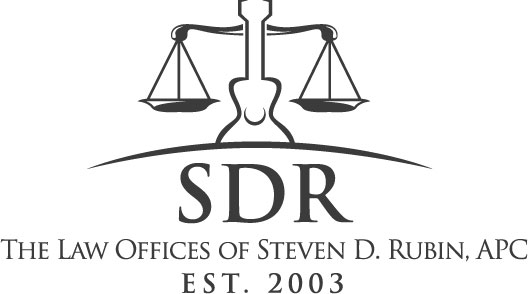
The “Secret W-2” or How I Became The Innocent Spouse
The Hatfields and the McCoys. Good and evil. Peanut butter and jelly. Generally, we can tell one from the other. Innocent spouse relief, under IRS rules, can be a bit less clear. Innocent spouse relief under Internal Revenue Code (IRC) § 6015(b) is one of those things that is easy to claim, but hard to prove. There is a lot of “well, what did you know, and when did you know it” in these cases. I have been married for nearly 20 years now. I am not sure there is such a thing as the “innocent spouse.” But I digress.
I have lost track of how many times over the years I have listened while a “candidate” for innocent spouse relief treatment pleaded with me that they were truly an innocent spouse, only to discover that what they did know, and when they knew it, disqualified them from innocent spouse status. So, what does it take?! What’s a spouse gotta do? Where does this “unicorn” live anyway? The very recent United States Tax Court case of Hohnstein v. Commissioner, No. 3547-22S., 2024 BL 41510 (T. C. Feb. 08, 2024), decided by Tax Court Judge Robert Goeke is instructive.
Once upon a time, I imagine Mr. Tate Hohnstein (Mr. H) and Ms. Alexandra T. Faretra (Ms. F) were happily married. Alas, the marriage did not last. Mr. H and Ms. F filed a joint return for the year 2019. At the time, they were in the process of seeking a divorce and the deficiency results from the fact that a W-2 issued to Mr. Hohnstein was omitted from this joint return. (The legal term in the tax law for this oversight is “whoops”). The IRS asserted a deficiency for 2019 of $7,636 and an addition to tax of $1,305 under section 6662(b)(2) and (d). It probably comes to no surprise to the family law attorneys among us that at the time Mr. H and Ms. F filed the joint return in question, “they were communicating either via text or some other electronic form, or through counsel in the divorce proceeding.” Sounds a bit clinical, I know.
Based upon agreements reached in the divorce proceedings, Ms. F was to file the return for 2019 and she was to split any refund with Mr. Hohnstein. Ms. F relied upon Mr. H to give his W-2 information for 2019 to her and she supplied the tax return preparer with W-2s that she had received. Mr. H submitted to Ms. F two W-2s. Mr. F did not provide a (third) W-2, which had roughly $30,000 in income. This amount was in excess of the normal income Mr. H had earned in prior years. Mr. H’s decision to fail to submit this (whoops) led to the underlying deficiency.
The Court stated that “it would appear that had Mr. H submitted this W-2 to Ms. F’s counsel in the divorce proceedings, Mr. H may have been subject to paying additional amounts to Ms. F in the divorce proceeding, as this amount was far in excess of Mr. H’s normal income in prior years.” (The term for this in the tax law is “motive”). The Court continued, “The key requirements at issue in this case are whether Ms. F, in signing the return, did not know of the omitted W-2 income and whether it would be inequitable to hold Ms. F liable for the deficiency.” (Remember, what did Ms. F know, and when did Ms. F know it). The Court found, “There are ample facts to show Ms. F did not know of the omitted W-2.” “And the fact that it was omitted from the divorce proceeding may have affected the allocation of assets between Ms. F and Mr. H in that proceeding. So it was not in Ms. F’s interest to omit the W-2 if she had been aware of it.”
One final helpful fact: “In addition, Ms. F’s economic circumstances as a result of the divorce and her care of the two children, which were generated in the marriage (a great ‘turn-of-phrase’), support the position that it would be inequitable for Ms. F to be held liable for the joint liability generated by the omission of the income.”
So, there you have it. What did Ms. F know, and when did Ms. F know it. The Court found Ms. F didn’t know it. By concealing the $30,000 W-2 from Ms. F, Mr. H rendered her “innocent.” After 20 years of marriage, I finally know what it takes to be an innocent spouse:
To borrow from Maxwell Smart, Agent 86: “It’s the old Secret W-2 trick.”



